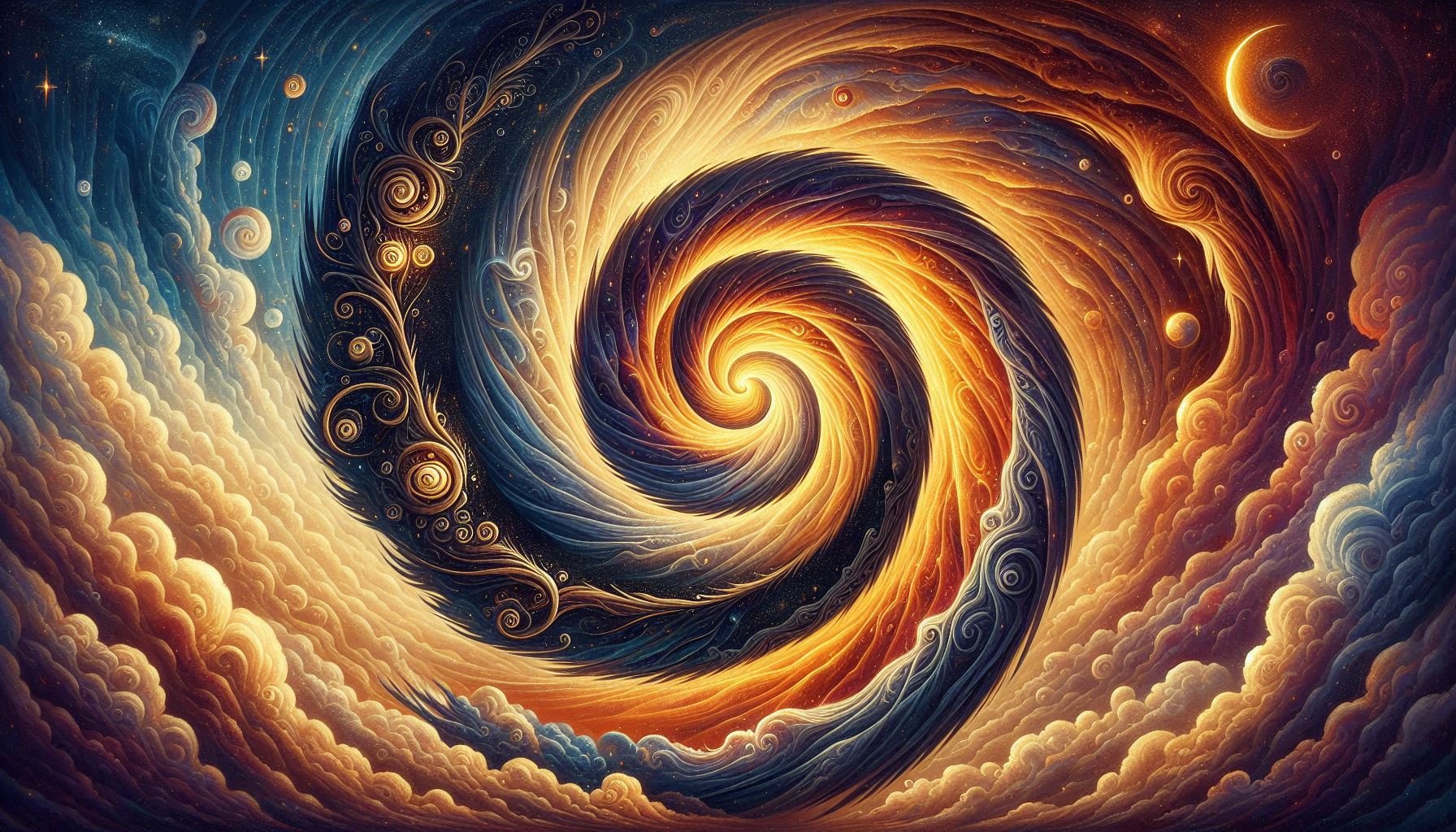
The Pantheon
Before the God-King dominated the Archurionite Church, the Church believed in and worshipped many gods. The Dragon Archurion brought disparate beliefs of the world together during the First Age and revealed an underlying mythology concerning the interrelation of different peoples’ gods. An early version of the Archurionite Church formed but dissolved after the end of the First Age. By 800 in the Second Age, the Church had completely vanished, but the myths continued through many different, competing temple traditions, each with their own version. Runewardens and priests became relatively unimportant during the rise of the Darkling Empire until the end of the Second Age in the year 10,452 with the sinking of Artalon. When human civilization crumbled into fiefdoms, disparate temples rose in prominence, and the people turned to priests and runewardens. It wasn’t until 9668 of the Third Age that the Archurionite Church was formally reestablished with common doctrine between the Nine Realms.
In 10,051 of the Third Age, Aaron raised Artalon from the depths of the sea and united the Nine Realms under one Empire. The next year, he declared himself the head of the Church. By 10,350, the Church taught that he was Karanos himself, returned to the pantheon, and it wasn’t until 10,351 that the worship of all other gods was outlawed.
There are three generations of gods.
The first are the Elder Gods, who have neither beginning nor end.
The second are the High Gods, all children of the Daag and Nephyr.
The third are their children, the Younger Gods, and are only capable of giving birth to demons and lesser spirits.
There are also the Archdragons, considered demigods. They are gods for all practical purposes. They were born to the gods and were not created. Although immortal, it is possible for them to die, as their existence is bound to the space-time in which they were born.
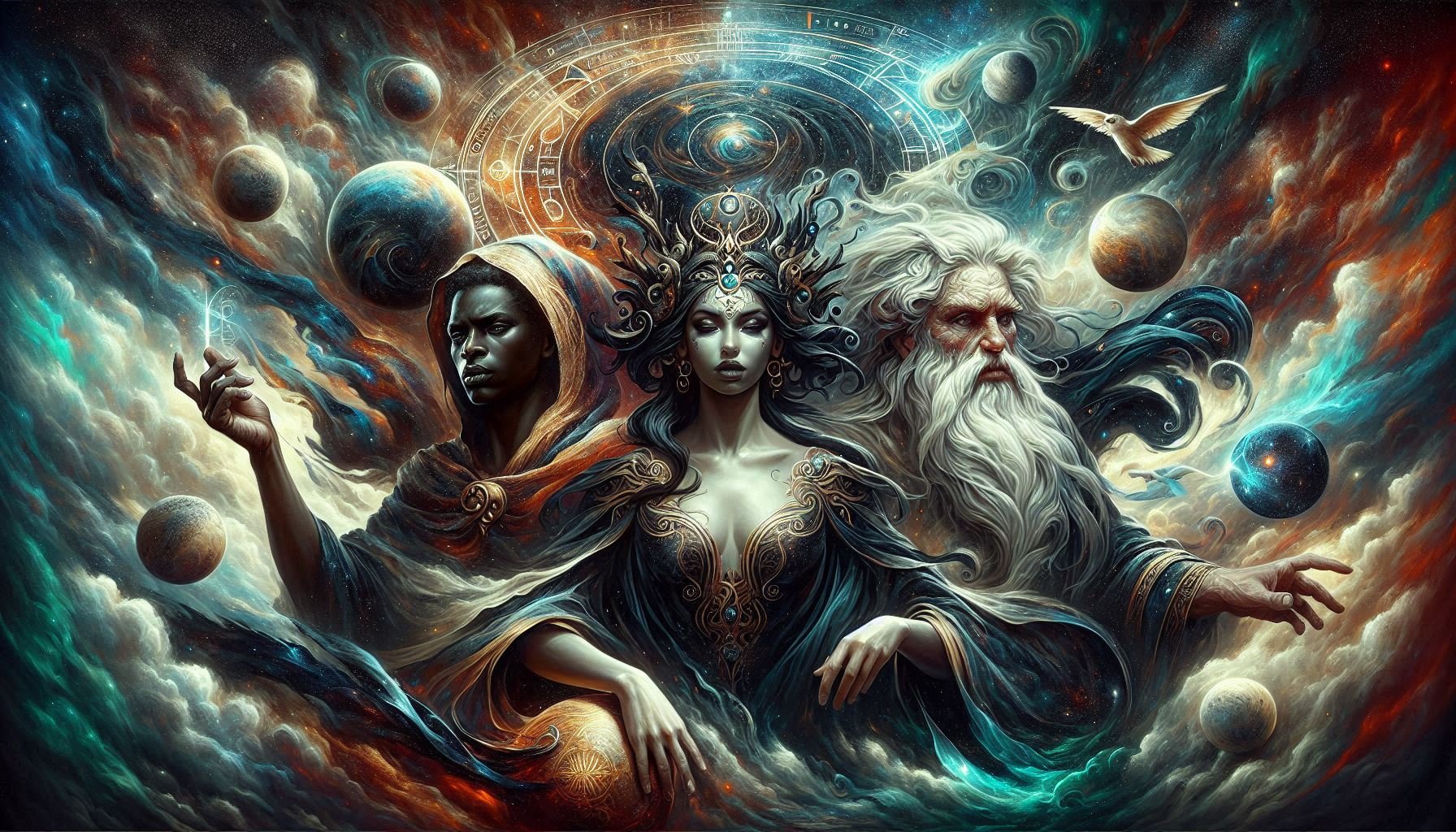
The Elder Gods
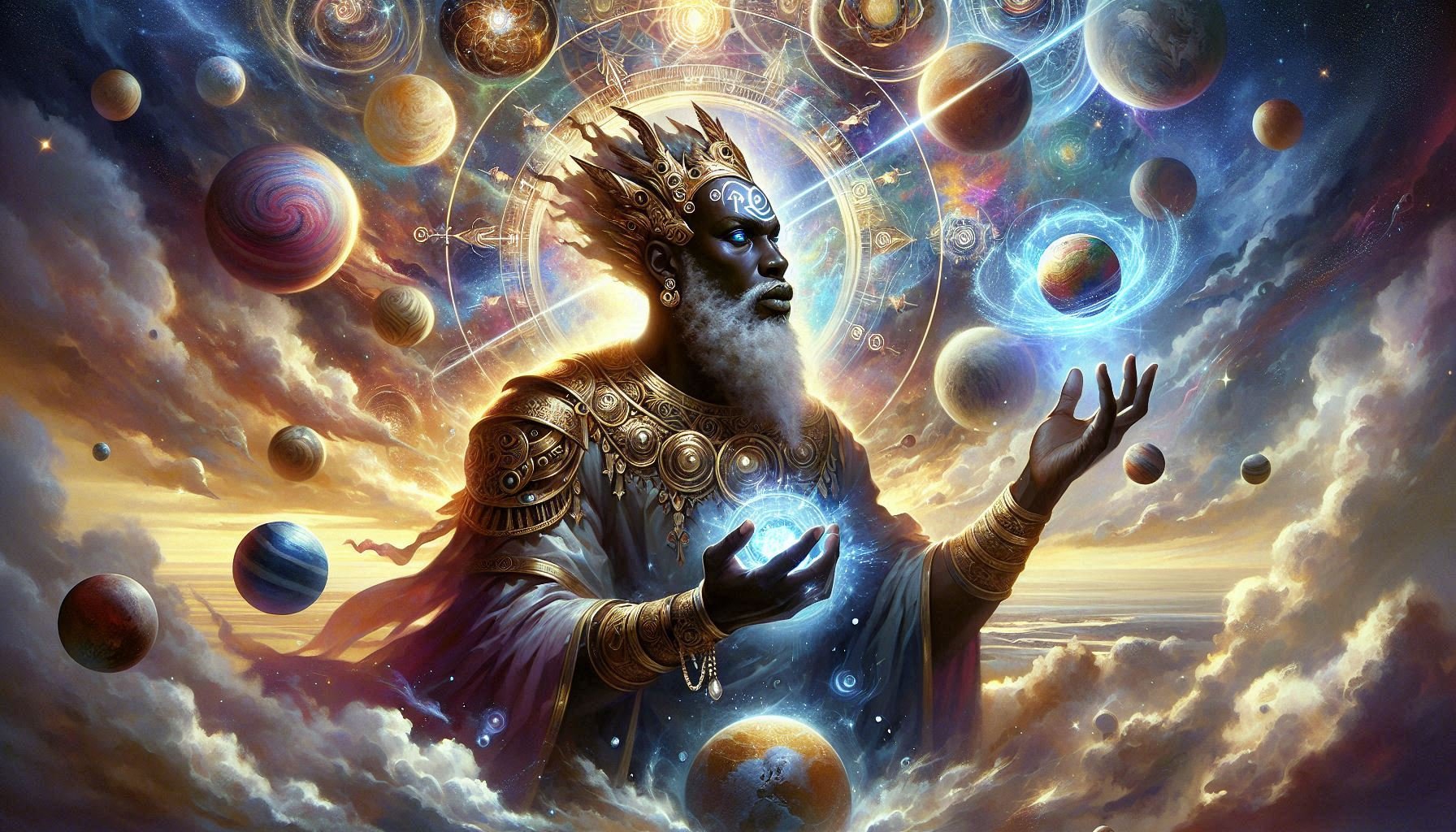
Daag the Good God—God of Time and Destiny. Transcendent Father God. Coequal with Nephyr. Father of the gods. One of the Ten Gods of Light.
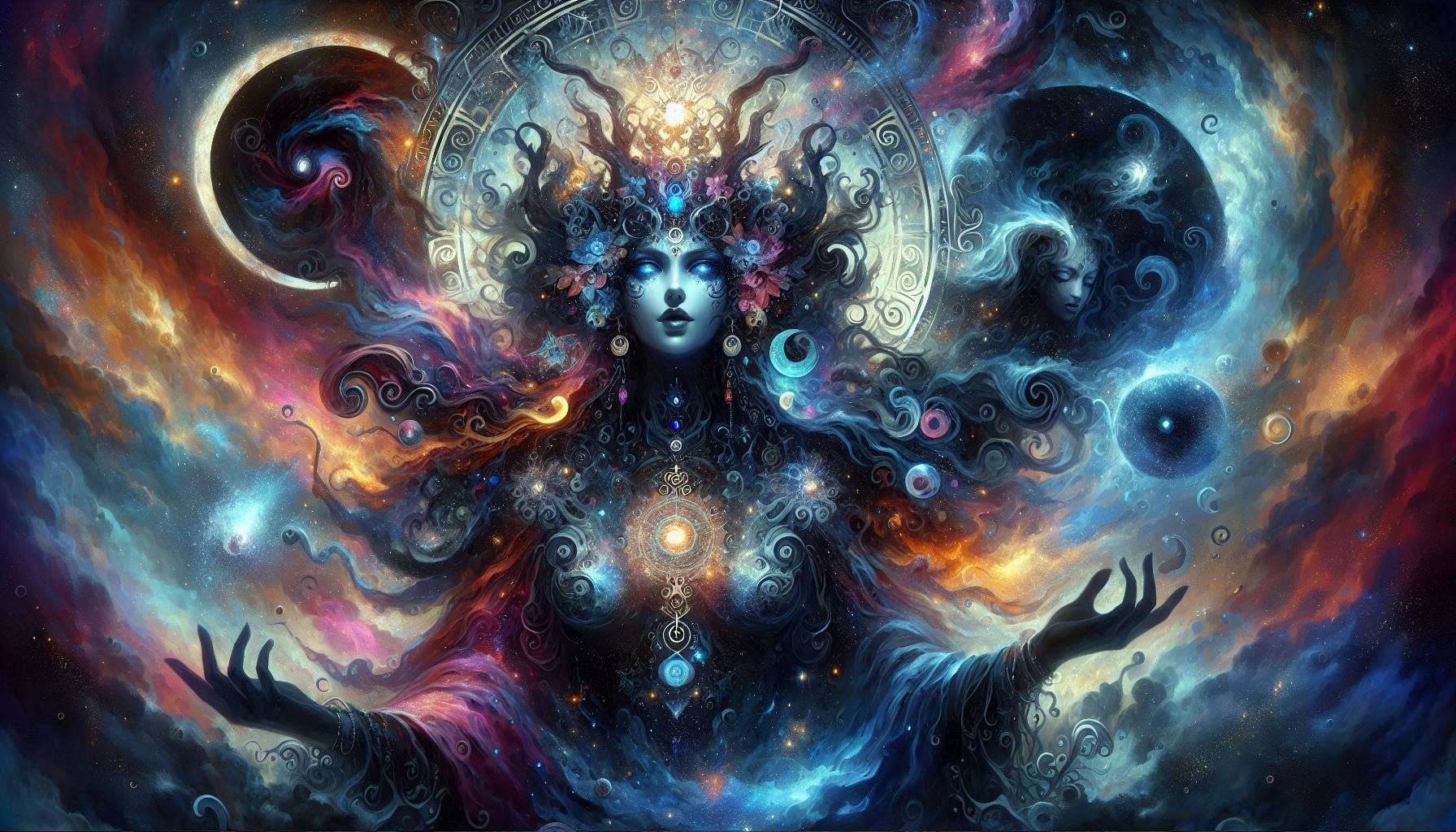
Nephyr the Black Goddess—Goddess of Fate, Death, and Destruction. Opposes undeath. Goddess of Portals and Doorways. Dark Goddess of the Starry Expanse. The All-Mother. Mother of the gods. Goddess of personal will, joy, ecstasy, and possibility. Coequal with Daag. One of the Ten Gods of Light.
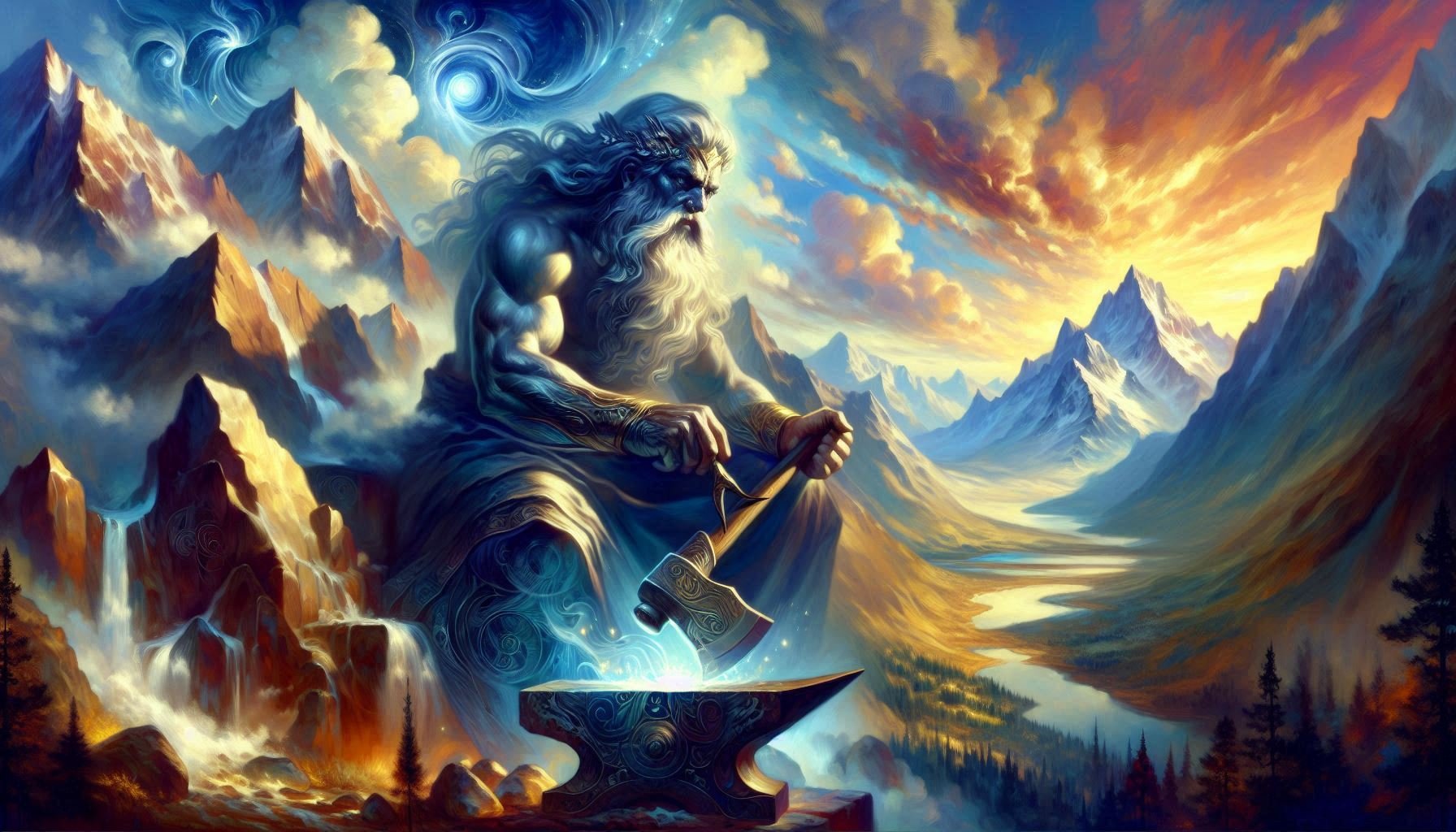
Modhrin the Lord of Storms—God of Mountains, Stone, the Depths, and Storms. Crafter God. Creator of the physical universe as a gift to Nephyr and Daag, that there children might have a place to find joy. Creator of the dwarven race. Also favored by humans with Athra and Keruhn. One of the Ten Gods of Light.
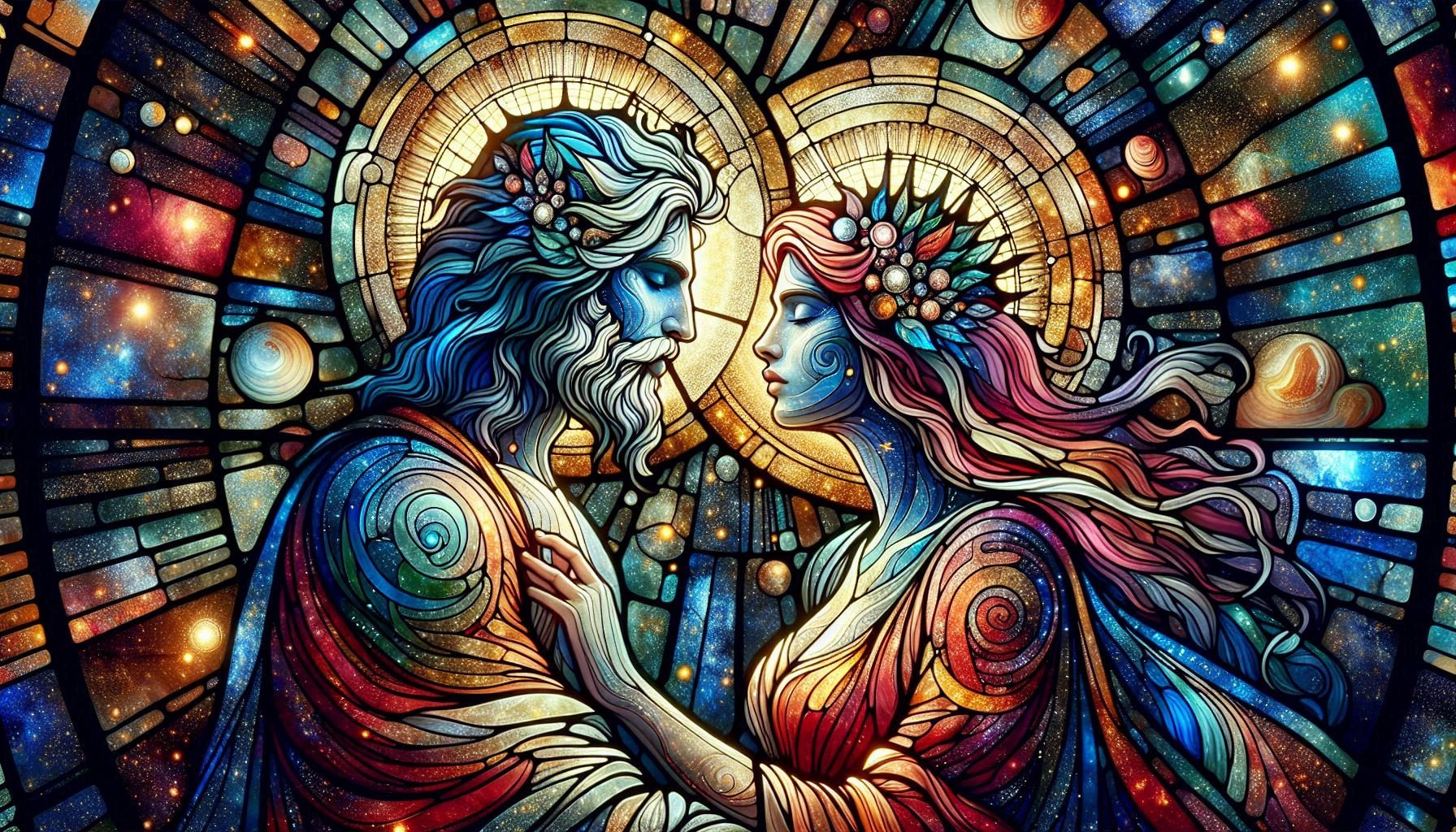
The High Gods
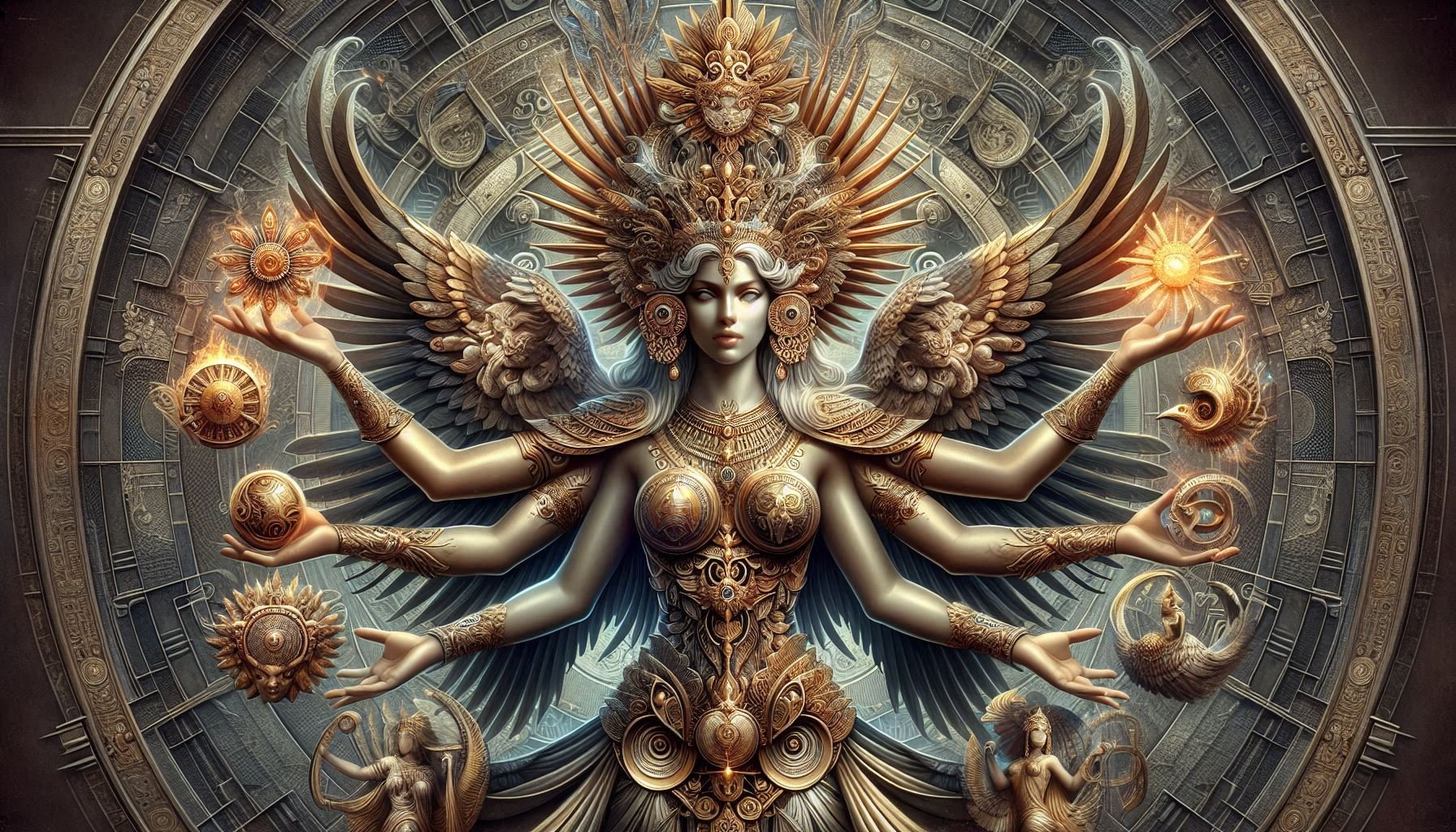
Athra—Goddess of Wisdom and Civilization, Culture, Law, Justice, and Martial Skill. Co-creator of human race with Karanos. One of the Ten Gods of Light.
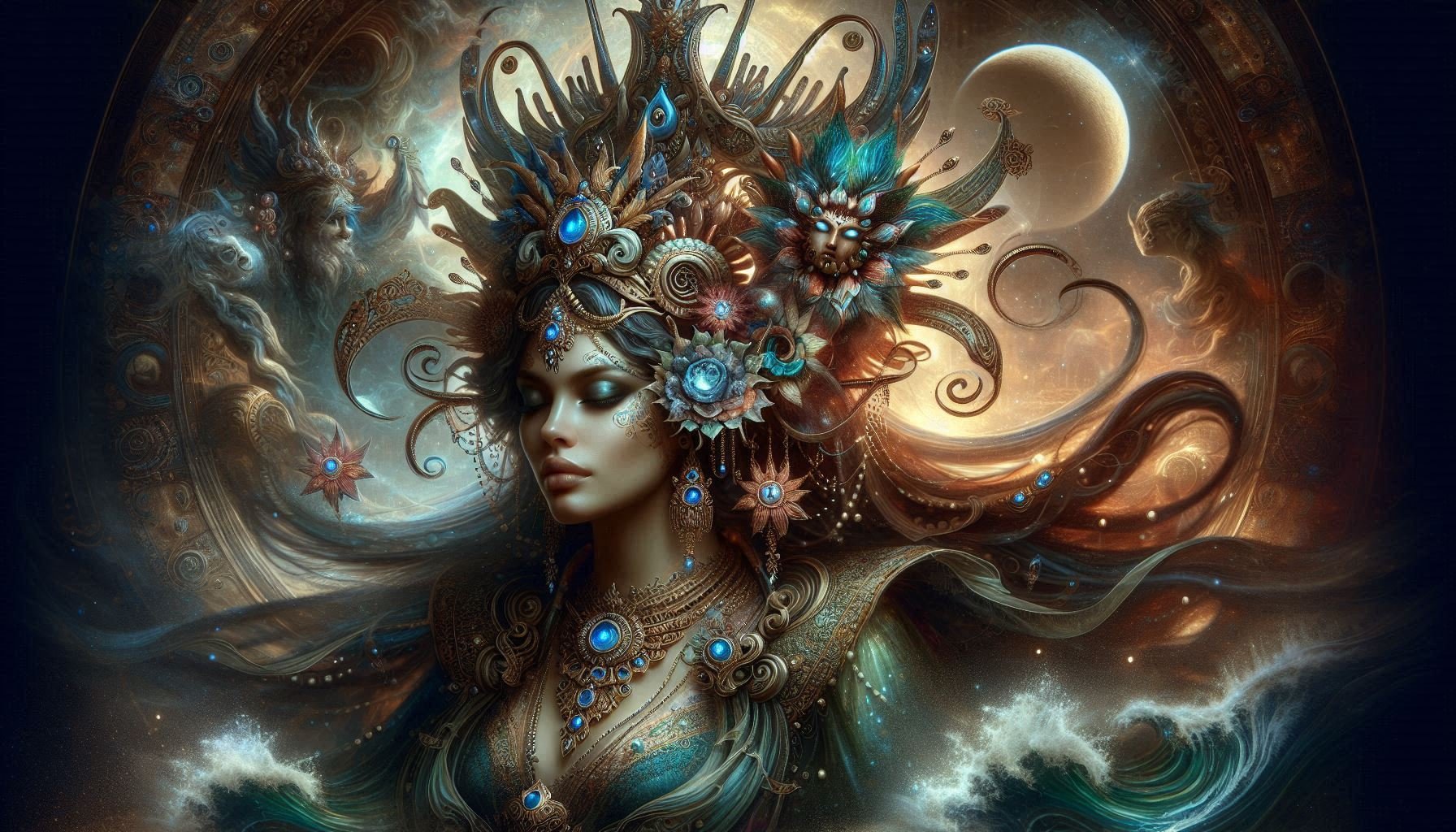
Geala the Lady of Change—Goddess of the Seas, Travel, Nomads, and Trade. Goddess of Transformations and Initiations. One of the Ten Gods of Light.
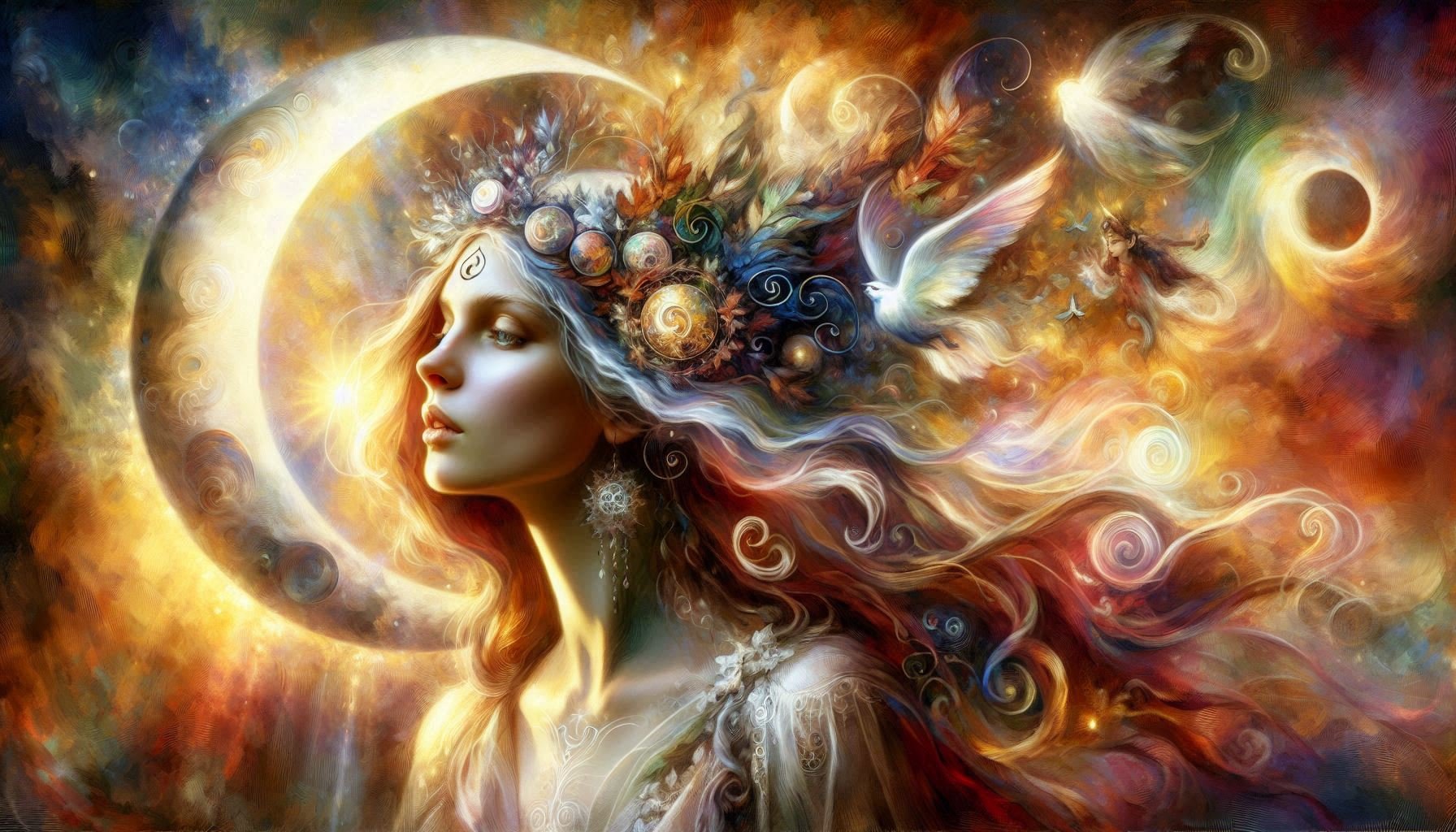
Soorleyn—Goddess of the Moon, Love, Autumn, and Secret Magic. Sometimes seen as the goddess of tricksters and witches. Daughter of Nephyr. Creator goddess of the Otherworld. Co-creator of trolls with Rin. One of the Ten Gods of Light.

Dead solar God of Joy and Beauty, co-creator of human race. Slain by his chief servitor who became the god Yamosh. Now his light is scattered in shards across the cosmos. Karanos died before the rise of human civilization. Some believe that gathering the shards could lead to his resurrection, but not even the gods know if this is true. The Archurionite Church under the God-King teaches that Karanos’ remnants eventually coalesced in the mortal known as Aaron, for who but a god could slay the Black Dragon?

The God-King of Artalon: Karanos Risen—He eventually outlawed the worship of all other gods. He was dubbed the Shadowlord: he who extinguished the light of freedom. He was always under the watchful guardianship of the Archdragon of Time.
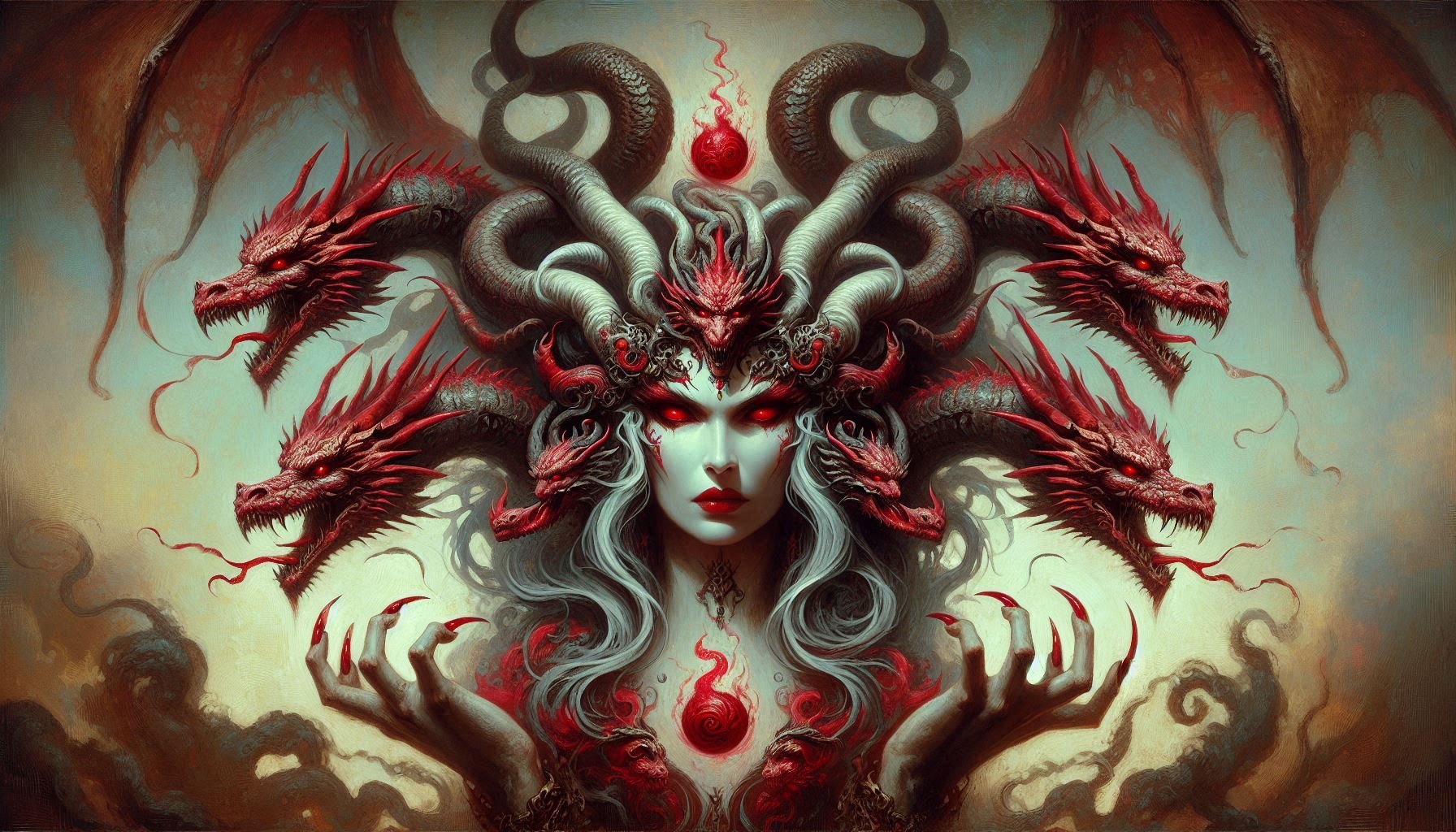
Malahkma—Goddess of Desire. Mother of Dragons. Cast into the Abyss by Athra. Malahkma’s direct children are the Archdragons. With Karanos, she bore Archurion. With Daag, she bore Eldrikura. With Rin, she bore Graelyn. With Yamosh, she bore Klrain.
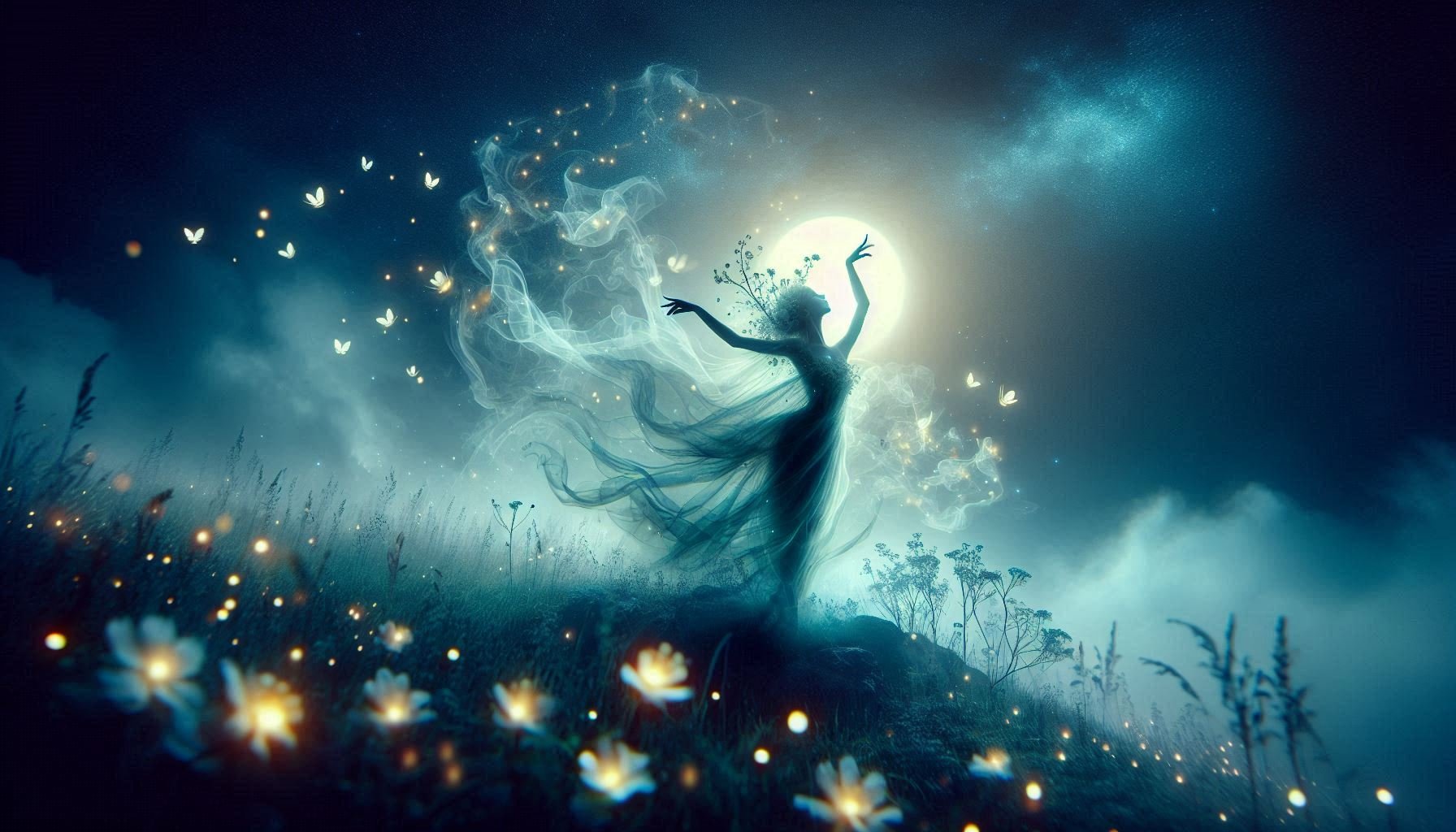
The Younger Gods
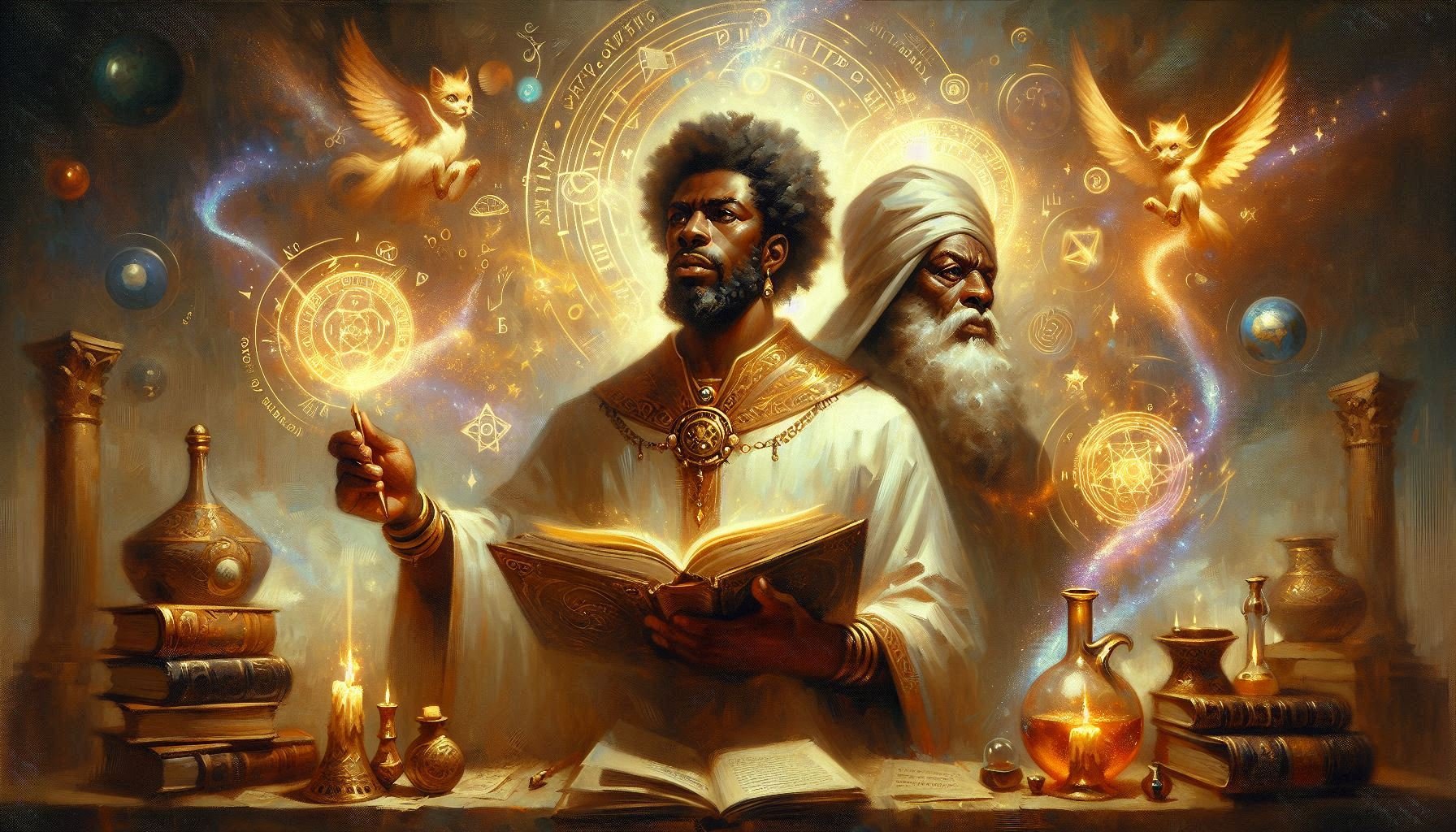
Lorum—God of Magic and Learning, Knowledge, and Wisdom. God of historians, archivists, alchemists, and wizards. Son of Serin and Athra. One of the Ten Gods of Light.
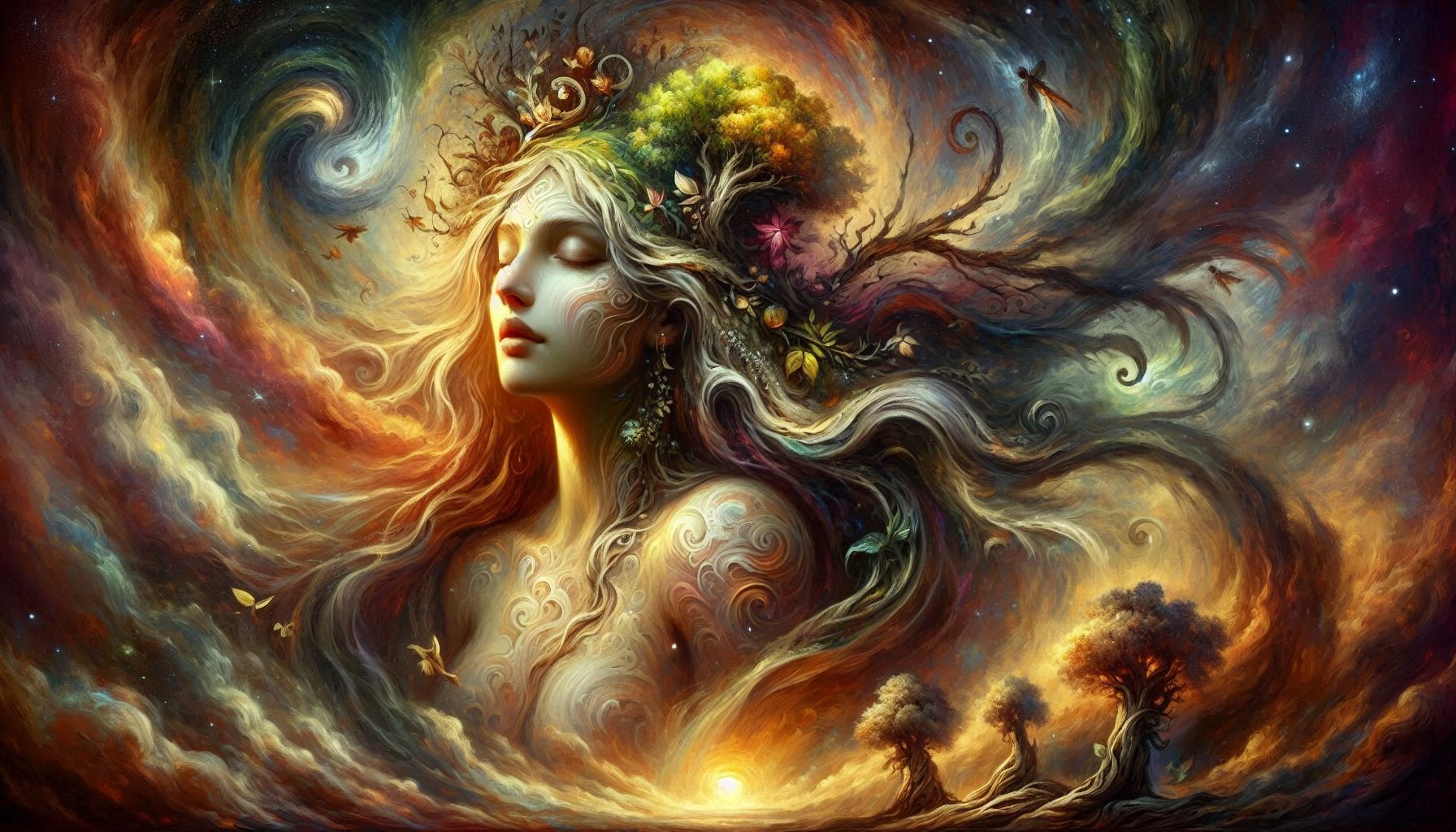
Rin—Goddess of Nature and the Untamed Wilds. Antithesis of Athra. Co-creator of orcs with Voldun. Co-creator of trolls with Soorleyn. One of the Ten Gods of Light.

Keruhn—Horned God of the Sun and Harvest, Knowledge, and Life. God of Compassion. The Consoler. Usually depicted wearing a solar disk and crowned with stag antlers on his head. He sacrificed his left eye to attain the horns of wisdom. He holds a fruit from the Tree of LIving. Son of Athra and Karanos. Adopted human race upon Karanos’ death. Became Soorleyn’s consort. One of the Ten Gods of Light.
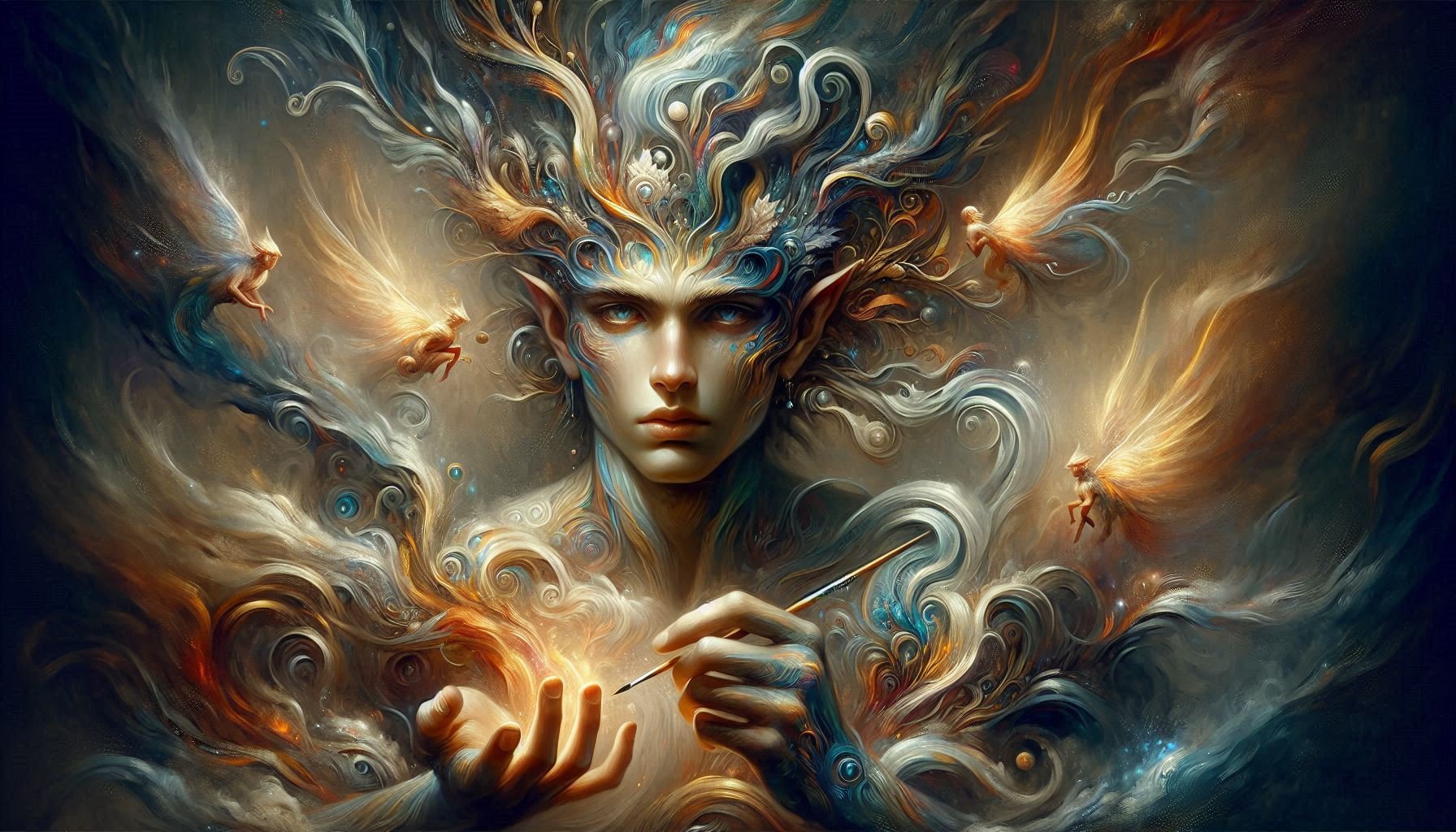
Serin—God of Art, Beauty, Inspiration, Prophecy, and Magic. Son of Soorleyn. Creator god of the Fae as artistic embodiments of human and other natural races. One of the Ten Gods of Light.
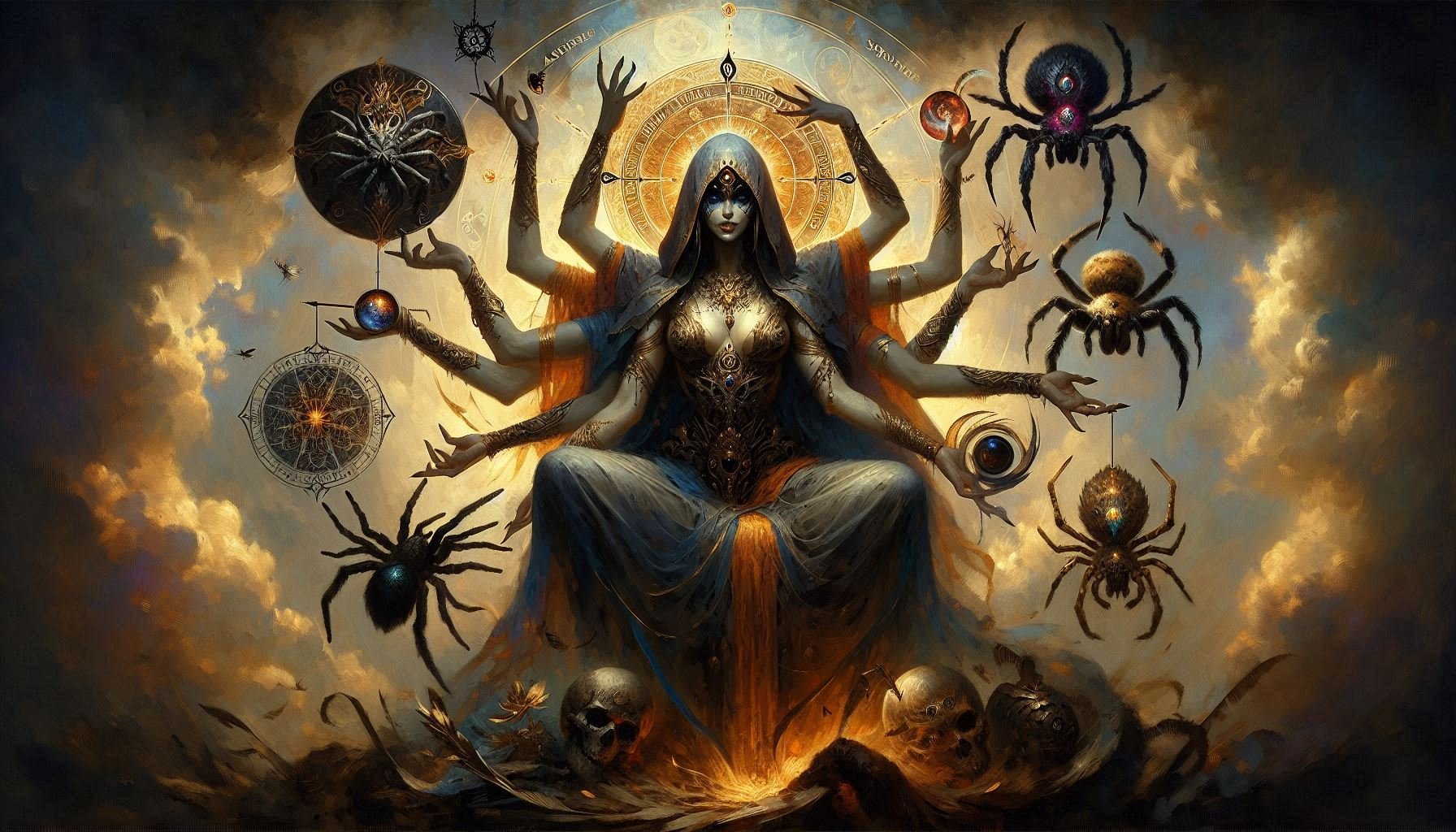
Sestra—Goddess of Murder, Assassins, Spies, Black Magic, Spiders.
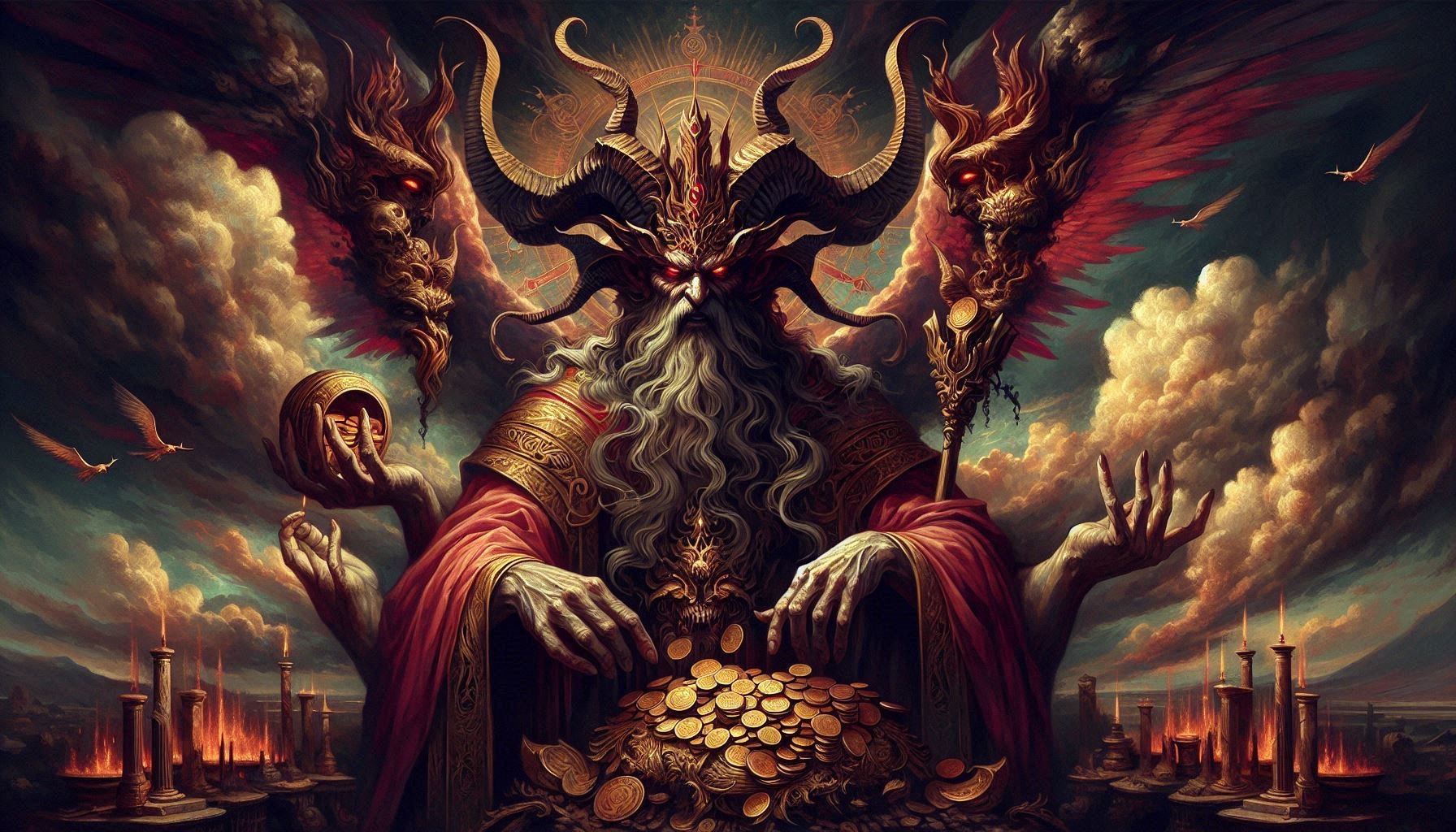
Yamosh—God of Evil, Debts, Power, and Tyranny. Was the chief servitor of Karanos. He became a god by slaying his creator.
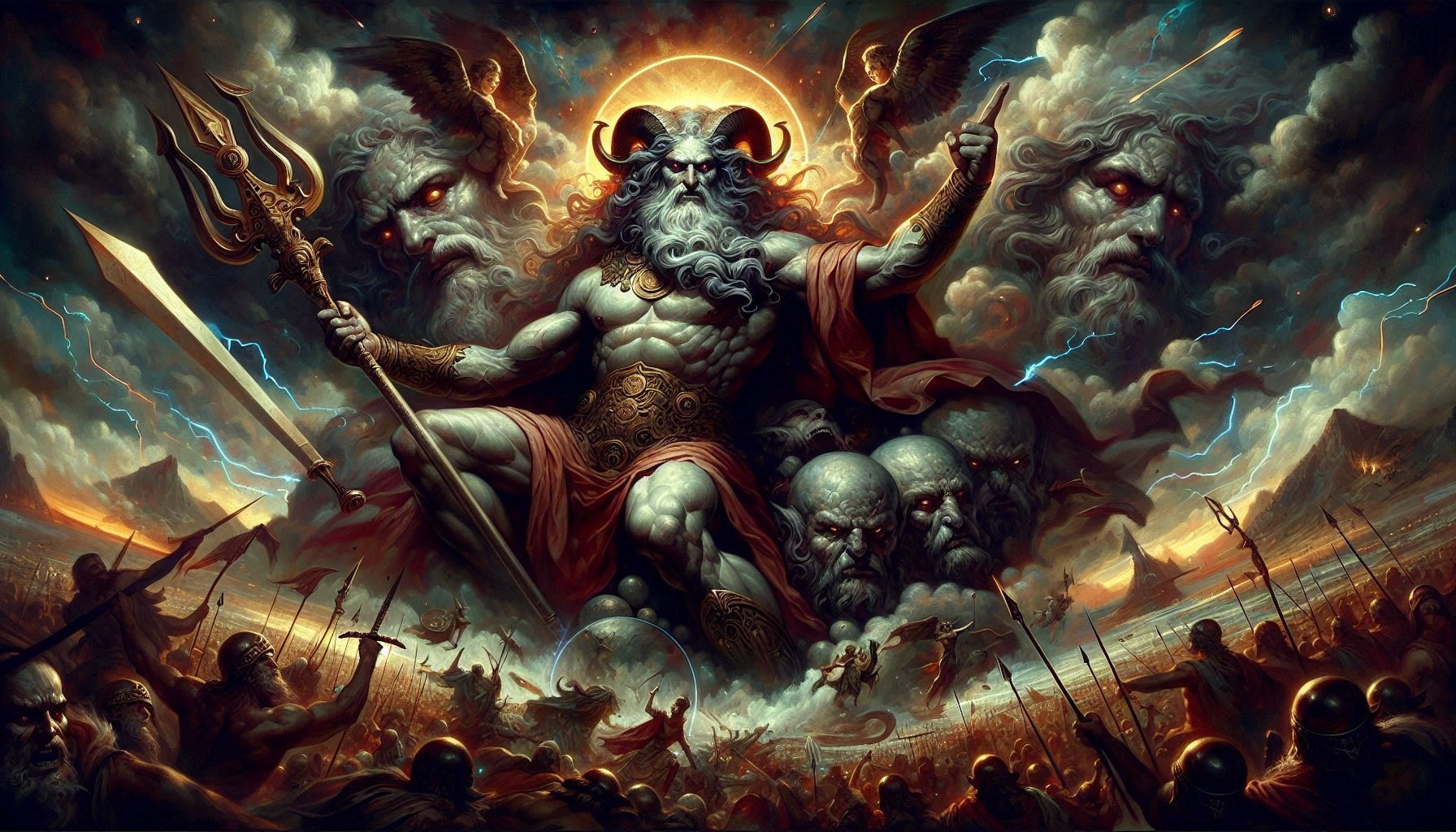
Voldun—God of War, Conquest, Conflict, and Glory. Co-creator of the orcs with Rin.
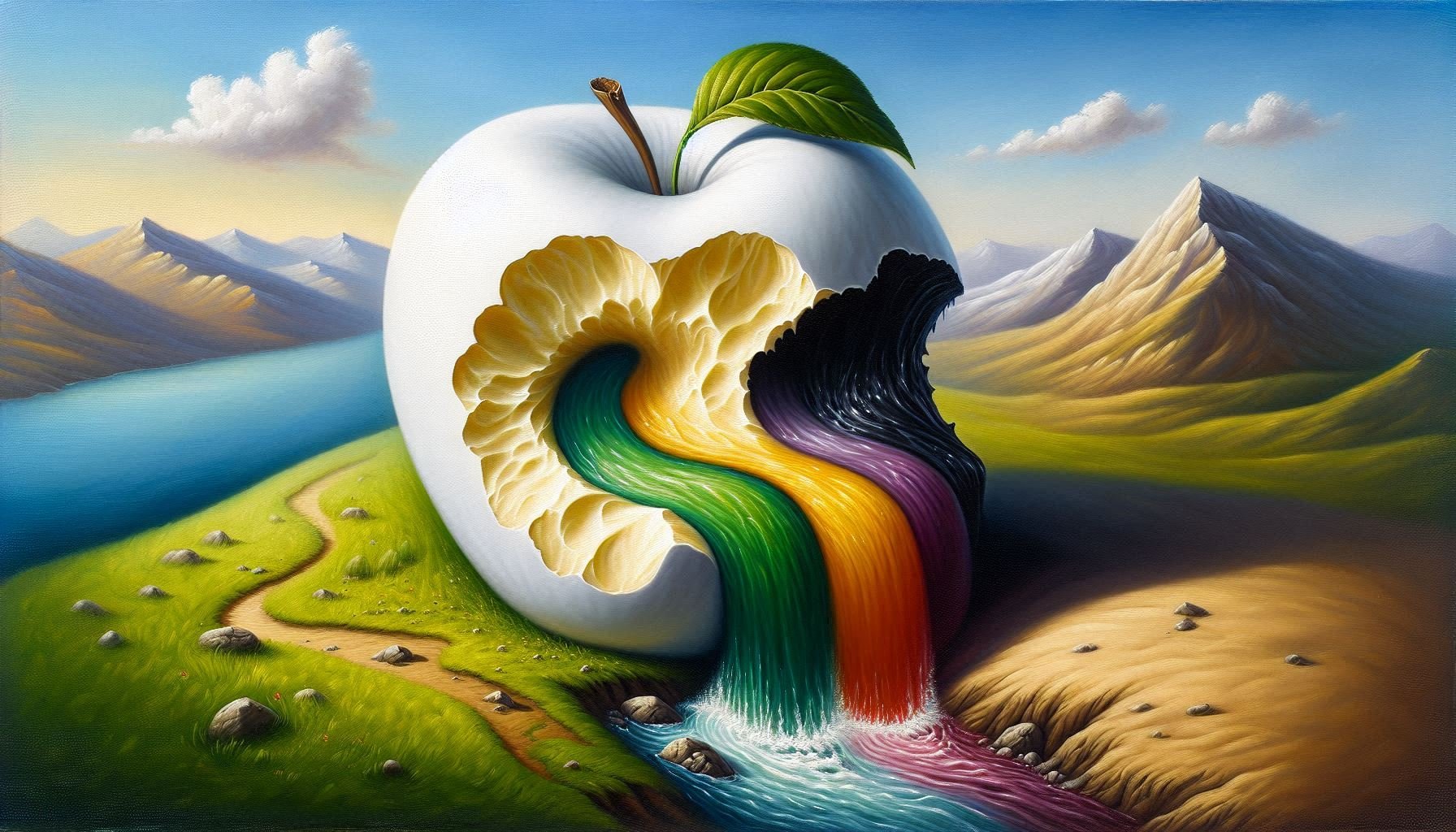
The Demigods

Archurion, the Gold Dragon—Archdragon of Light. He is seen as the principal messenger of the good gods and inspires the Archurionite Church, whose teachings were originally based upon his messages. Lover of Graelyn. Incarnated as Kaldor, a human male.
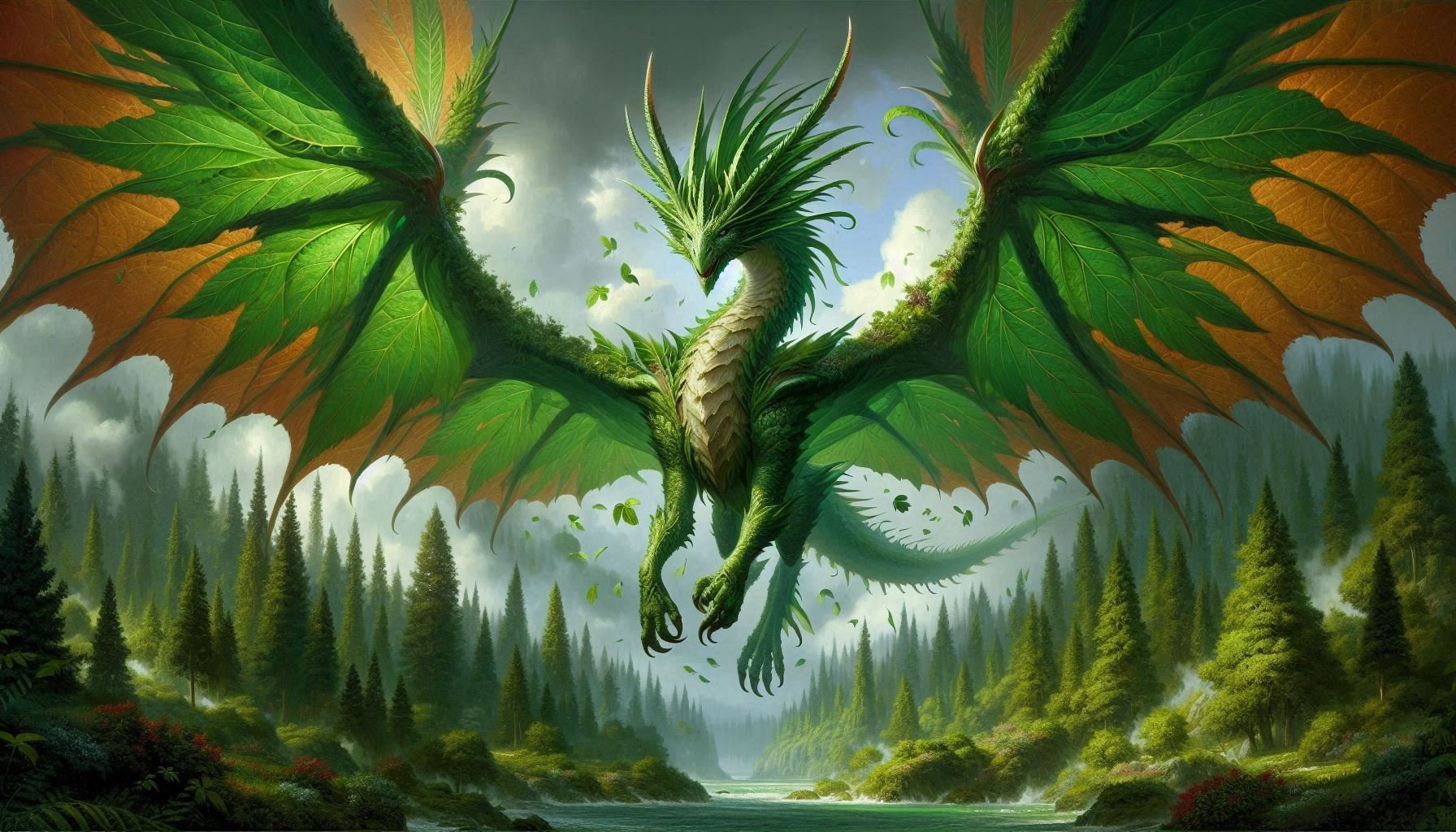
Graelyn, the Green Dragon—Archdragon of Life and Nature. Lover of Archurion. Guided by compassion, sometimes to a fault. Incarnated as Sidhna, a sidhe female.

Eldrikura, the Violet Dragon—Archdragon of Time. She was the lover of Klrain before she chose not to follow him into evil. Extremely calculating. Incarnated as Valkrage, a sidhe male.
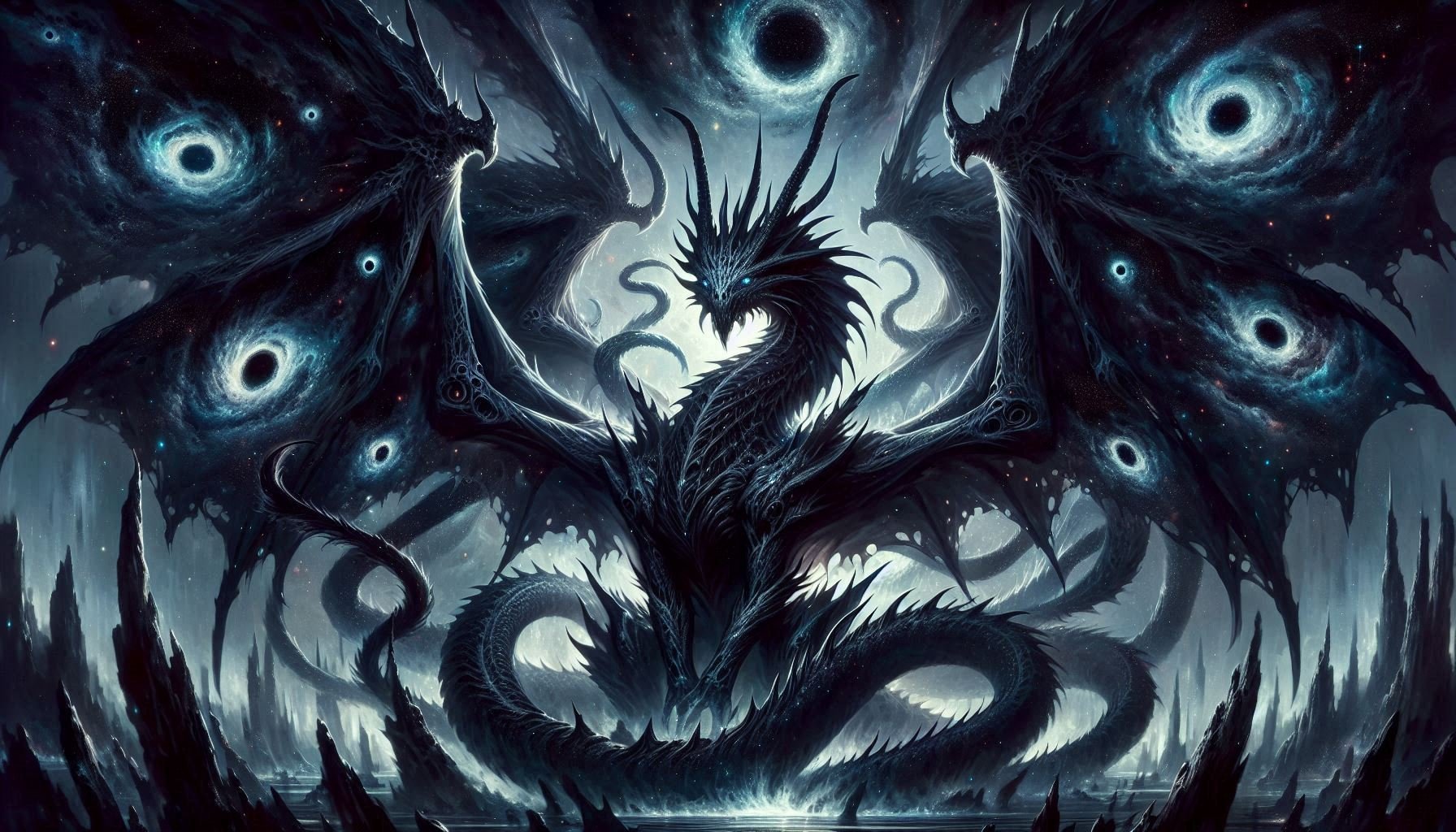
Klrain, the Black Dragon—Archdragon of the Dark. Refused to accept the rule of the good gods and became the principal messenger for the evil gods under the rulership of Yamosh. Abandoned Eldrikura to become Yamosh’s instrument on earth.
